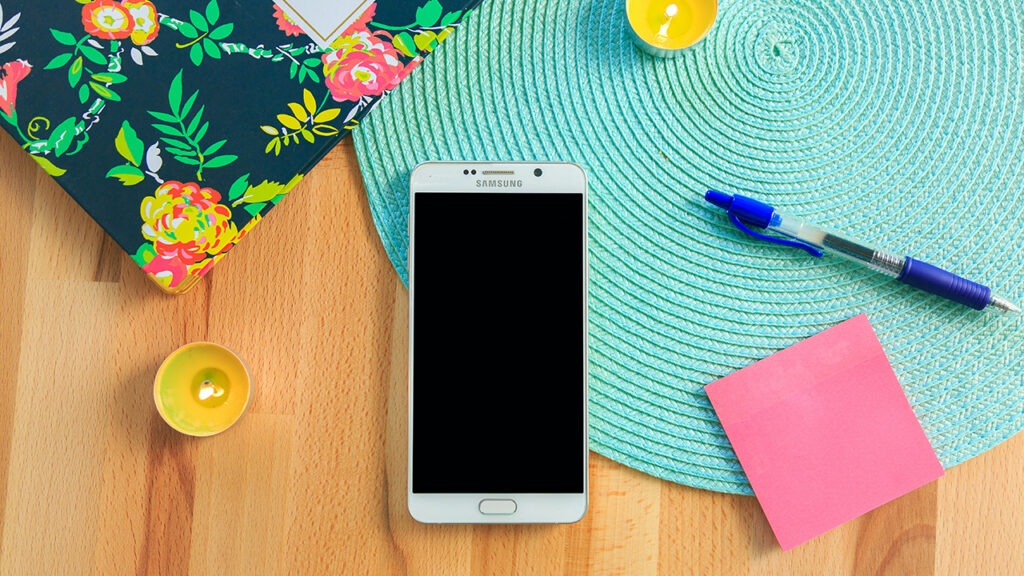Hey, friends! Welcome to my blog. Today, we’re diving into the fascinating world of telephone numbers. These humble strings of digits aren’t just for dialing—they’re a saga of human ingenuity. From manual switchboards to virtual numbers in messengers, let’s embark on a time-travel adventure packed with facts, examples, and surprising twists!
The Dawn of the Idea: An Era Without Numbers
It all kicked off on February 14, 1876, when Alexander Graham Bell patented the telephone. Early calls were chaotic: “Hello, Mr. Watson, come here!” No numbers—just names, addresses, or descriptions. In small towns, operators knew everyone by heart.
Imagine: In 1877, Boston’s first telephone network linked just 778 subscribers. Calls went by surnames. But as networks grew, confusion reigned. Operators (mostly women, nicknamed “hello girls”) worked 12-hour shifts, plugging wires manually.
The First Epidemic and the Birth of Numbers
A pivotal moment came in 1878 in New Haven, USA. A measles epidemic knocked out operators. Doctor Alfred Dolbear suggested: Replace names with digits! The first telephone directory was published on February 21, 1878, listing 50 numbers like “11” for the pharmacy or “23” for the police.
Example: In 1880s New York, numbers were short—3-4 digits. Subscriber 123 dialed by sending pulses (though the rotary dial wasn’t invented yet, the concept emerged).
In Europe, they lagged: London stuck with names until the 1890s. In Russia, the first phone appeared in 1882 in St. Petersburg—for the tsar’s court, no numbers needed.
Alphanumeric Magic: The Exchange Era
By the 1890s, numbers became standard. The US introduced “exchange codes”—the first two letters denoted the central station. Classic: “PENNSYLVANIA 6-5000″—the Pennsylvania Hotel in New York, still active since 1919! That’s +1 (212) 736-5000 today.
Why letters? Easier to remember: “MUrray Hill 5-9975” instead of “687-59975.” Phone dials had letters under digits (2=ABC, 3=DEF, etc.). Exceptions: No Q or Z to avoid mix-ups with 0 and 2.
Cinema example: In 1960s films like “The Phone Booth,” characters dialed “KLondike 5-….” In the USSR during the 1930s, Moscow used “A1-23-45″—A for automatic exchange.
Fact: The longest number in history was in 1920s Germany—up to 10 digits amid hyperinflation chaos.
Automation and Rotary Dials
1919 marked the first automatic exchange in Europe (Germany). No more operators! In the US, the Strowger switch was invented by undertaker Almon Strowger (he was furious that an operator was routing his clients to a rival).
Rotary dial: Twist a digit—send pulses. Dialing 9 meant 9 clicks—slow! By the 1960s, the US introduced touch-tone (buttons with tones)—much faster.
Example: London’s “Whitehall 1212″—Scotland Yard since the 1930s. Detectives called it in noir films.
In the USSR: 1928, Moscow—first automatic numbers “1-xx-xx.” Leningrad: “ABC-xx-xx.” By the 1950s—5-6 digits.
Globalization: International Codes
In 1960, the ITU (International Telecommunication Union) introduced the numbering plan. +1 for North America, +44 for the UK, +7 for the USSR (later split: +7 for Russia, +77 for Kazakhstan post-1991).
Example: The first international call was in the 1930s, but standards came in the 1960s. Exit code: 8 in the USSR (later 8~10, now +7).
In Kazakhstan: Pre-1991 under +7 USSR. After: +7 (7xx) for mobiles (707, 708, etc.). Landlines: +7 (city code) xxx-xx-xx, like +7 (727) for Almaty.
Fact: +881—for satellite phones in Antarctica!
The Mobile Era: From Bricks to Smartphones
1983: The first commercial mobile call on Motorola DynaTAC (a “$4000 brick”). Numbers mirrored landlines but with prefixes.
1991: First SMS in Finland. 1992: GSM in Europe. Numbers grew to 10-11 digits.
Example: US NANP: 1-XXX-XXX-XXXX. Russia: +7 (9xx) xxx-xx-xx for mobiles.
VoIP revolution: 2003 Skype—virtual numbers. Now, any + code via apps.
In Kazakhstan: Beeline (777), Kcell (701), Tele2 (707). Number portability since 2016—switch carriers, keep your number.
Fun: In India, numbers inspired Bollywood songs like “Dial 100” for police.
Telephone numbers evolved from name chaos to a global system. They’re witnesses to wars, loves, revolutions.

